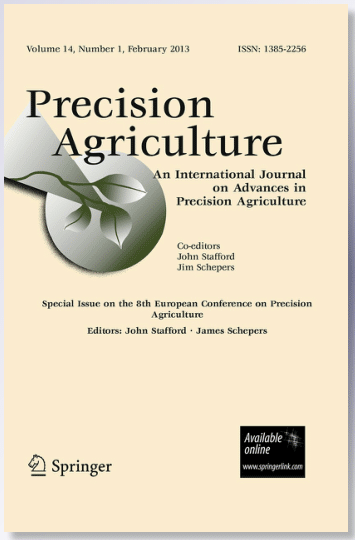Strawberry (Fragraria x ananassa) is a crop affected by various soil-borne fungal pathogens with mostly non-specific foliar symptoms and often requiring laboratory isolation for correct diagnosis. Moreover, these nonspecific foliar symptoms, appreciated by the human eye, appear after some time following infection by the pathogen. Early detection of plant diseases is one of the primary objectives in agriculture because it may contribute to identifying more tolerant cultivars in breeding programs and optimise pesticide use in agricultural production with earlier applications in emerging disease foci. New technologies, such as remote sensing and machine learning (ML) algorithms, have arisen as potential tools to improve the ability to detect and classify different crop diseases. The combined use of hyperspectral imagery and ML algorithms were investigated to detect and classify the physiological stress caused by early infections of Fusarium wilt in strawberry plants. Six ML models, namely artificial neural network, decision tree, K-nearest neighbour, support vector machine, multinomial logistic regression and Naïve Bayes were developed to estimate physiological stress associated with Fusarium wilt disease. The results showed that stomatal conductance (gs) and photosynthesis (A) declined even without visual symptoms of the disease. Among the six ML models evaluated, the artificial neural network model showed the highest classification performance with an overall accuracy of 81%, regardless of the physiological parameter utilized for model training. Moreover, the artificial neural network accurately predicted the absolute values of both physiological parameters (gs and A) based on the complete spectral signature from visually healthy foliar tissue, achieving coefficients of determination of 84% and 81%, respectively. Consequently, ML models utilizing physiological response data and hyperspectral imaging exhibited remarkable robustness, facilitating the estimation of Fusarium wilt severity in strawberry plants even without visual symptoms.



